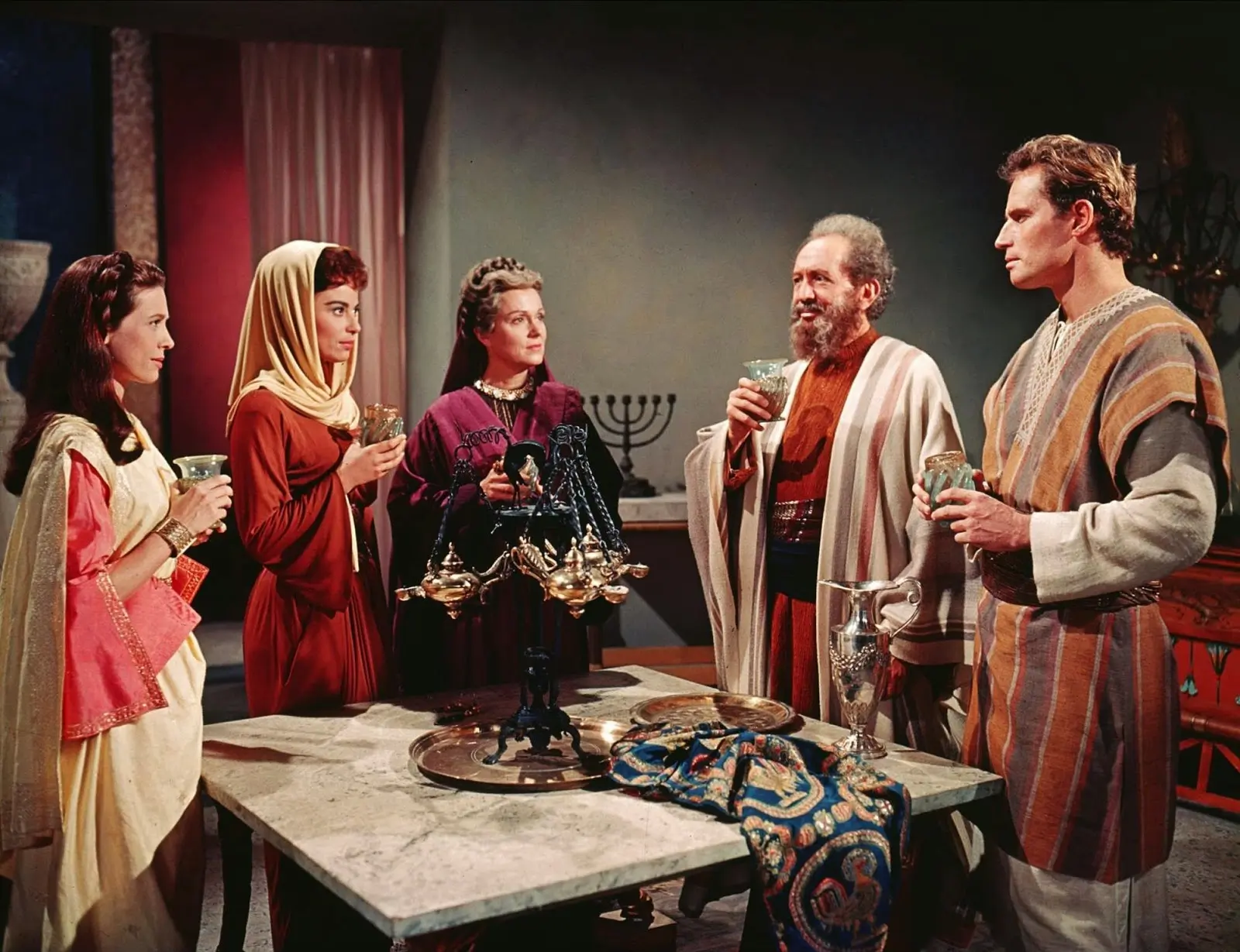Ciao, amici belli! 🙋♀️🌿 Every once in a while, a movie doesn’t just entertain, it transports you. And if you’re anything like me, Ben-Hur is one of those films. Grand, intense, and emotionally sweeping, it invites us into a world of Roman glory and grit, of chariots and chains, of vengeance and redemption. While wandering through Rome, with sunlit ruins beneath my feet and the whispers of history in the air, I couldn’t help but think of Ben-Hur. The story, though fiction, captures the emotional heart of ancient Rome like few others. Let’s dive into the cinematic legend, its historical backdrop, and how it ties into the places we explored across the Eternal City.
The Legacy of Ben-Hur
Released in 1959 and starring the legendary Charlton Heston, Ben-Hur won 11 Academy Awards, including Best Picture. It remains one of the most awarded films in history. Adapted from Lew Wallace’s 1880 novel, Ben-Hur: A Tale of the Christ, the film traces the journey of Judah Ben-Hur, a Jewish prince wrongfully enslaved by the Romans, who rises through loss, betrayal, and the stirring winds of faith. The story is fictional, but its historical setting during the time of Jesus is incredibly evocative. From imperial processions to the brutal realities of Roman rule, Ben-Hur showcases a world both glorious and cruel, a duality you still feel when walking through ancient Rome today.
Where Movie Meets Reality: Rome Connections
Though filmed primarily at Cinecittà Studios in Rome, Ben-Hur draws heavily on real Roman landmarks and history. Here are some places in the Eternal City where you can feel the film’s spirit come alive:
Circus Maximus: The chariot race scene is iconic, a thrilling masterpiece of cinema. While the set was built from scratch at Cinecittà on an 18-acre track that was the largest single set in motion picture history at the time, it was based on the Circus Maximus, Rome’s real-life racing stadium. Today, it’s a wide grassy field, but close your eyes and you can almost hear the roar of the crowd and the thunder of hooves.
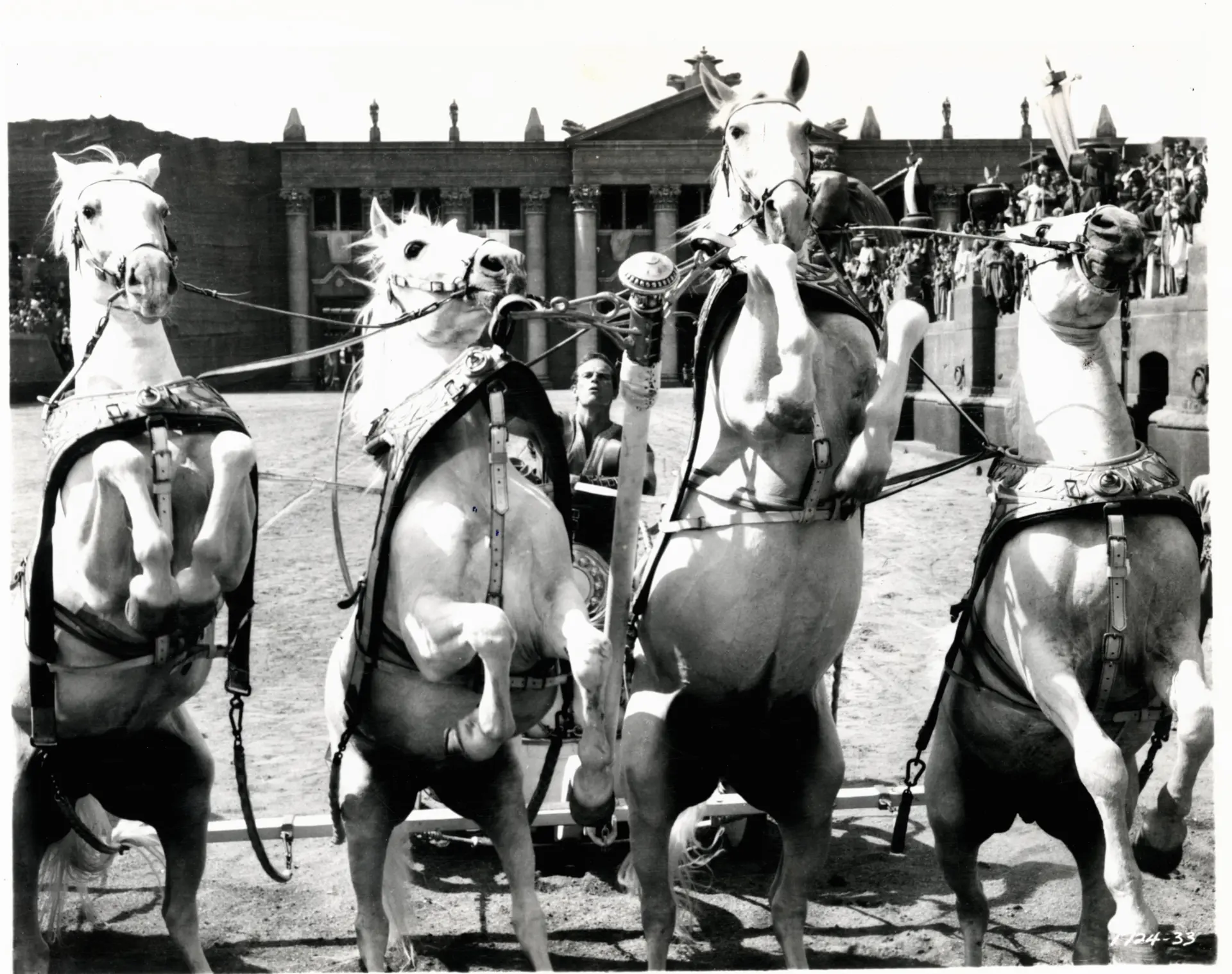
Colosseum: Though not featured directly in Ben-Hur, the Colosseum symbolizes Rome’s obsession with spectacle, strength, and control, themes central to the film. A visit here feels like stepping into the film’s moral tension between empire and empathy.
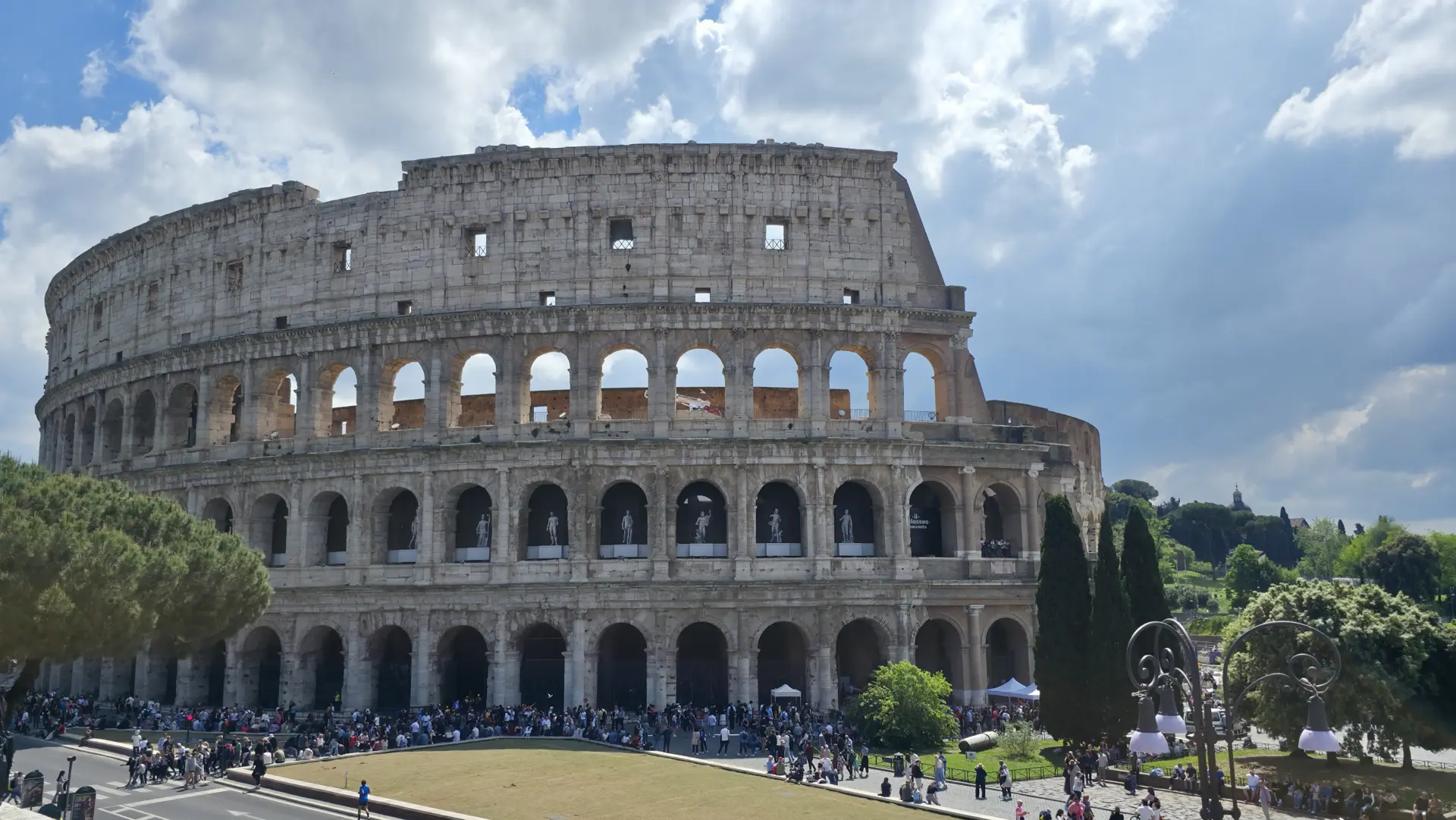
Pantheon: A reminder of Roman religious grandeur, the Pantheon also holds the tomb of Victor Emmanuel II and echoes themes of power and divine fate. It serves as a fitting spiritual counterpoint to the film’s story of faith and destiny.
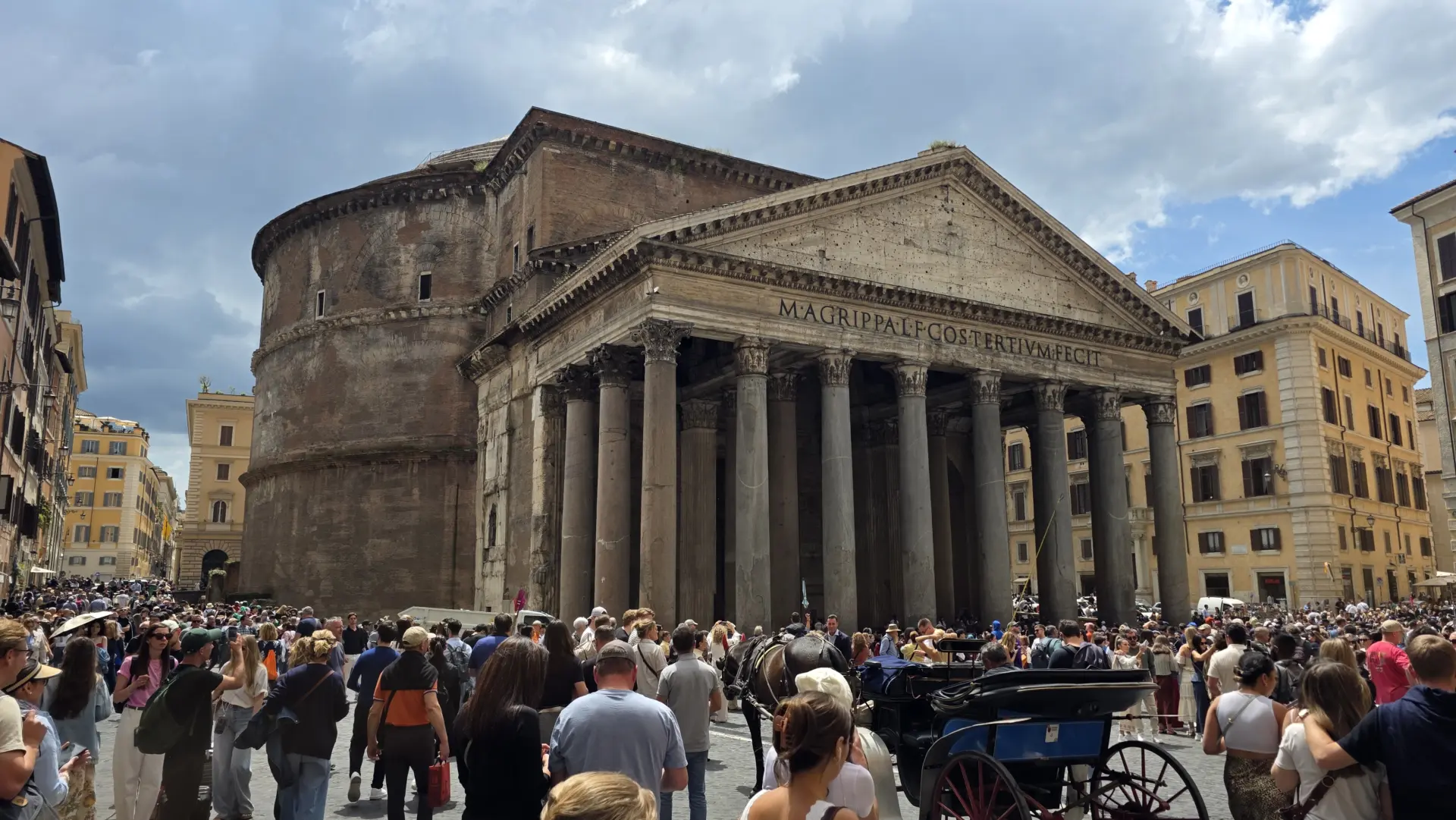
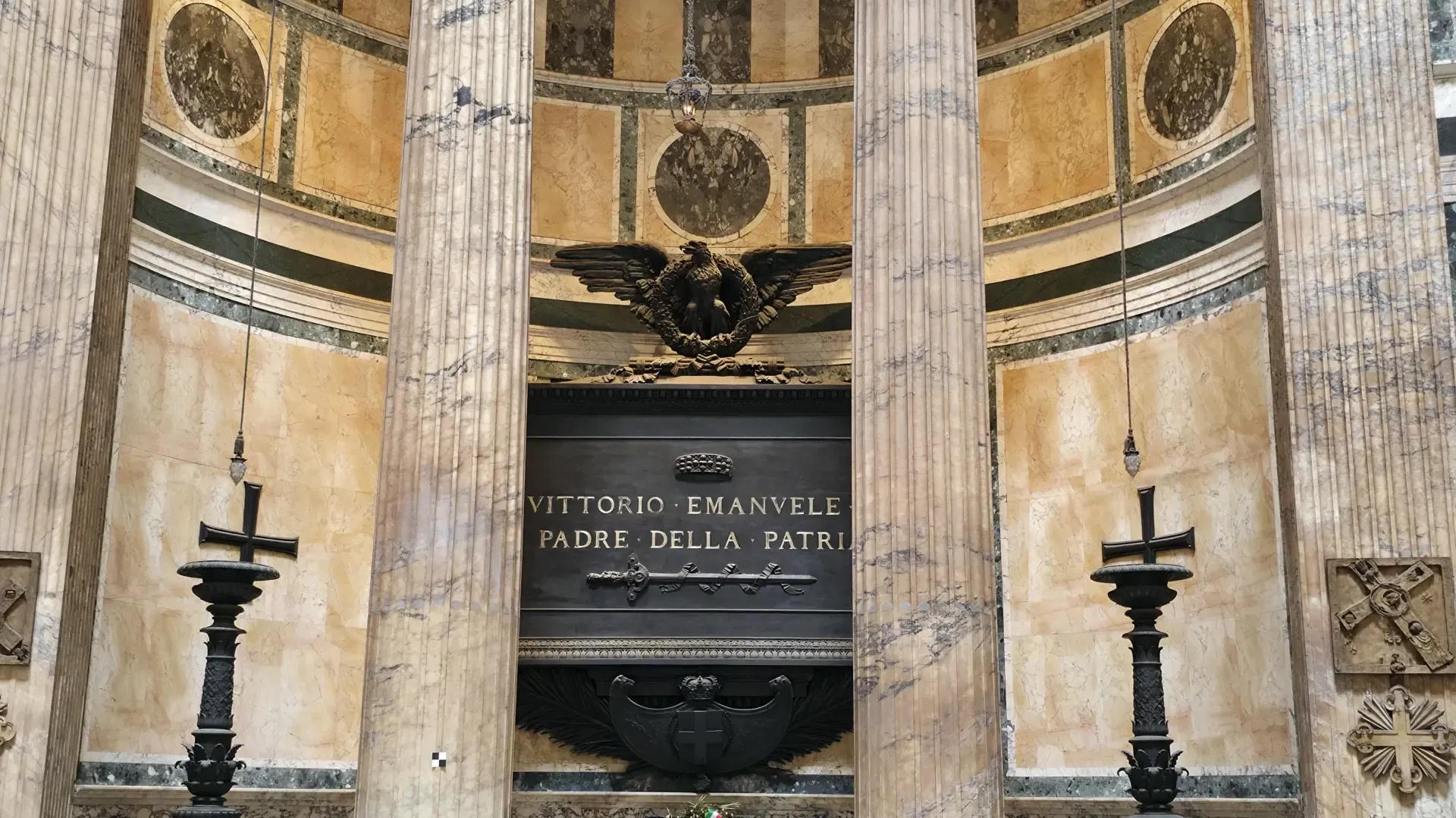
Via Appia Antica: This ancient Roman road evokes Judah Ben-Hur’s long journey across the empire. It’s a peaceful, evocative walk today, perfect for those seeking a moment of reflection on the hardships endured and triumphs achieved in both history and fiction.
Why It Still Resonates
At its core, Ben-Hur is a story of transformation. Through injustice, loss, and ultimately forgiveness, Judah’s journey mirrors what so many visitors feel in Rome: a tug-of-war between the weight of history and the light of revelation. It also raises powerful questions: What does freedom really mean? What do we do with our pain? How do we rise again? In Rome, surrounded by ruins and resurrection, those questions feel timeless.
Whether it’s your first visit or your fifth, watching Ben-Hur before (or after) your trip will add a new emotional layer to your journey. You’ll see more than stones and stories, you’ll feel the human struggles beneath them. Pair it with a walk along the Via Appia or a golden-hour visit to Circus Maximus, and you’ll step into a space where cinema, faith, and history blend seamlessly.
Final Thoughts
Ben-Hur isn’t just a film about Rome, it’s a timeless story about what it means to be human in the face of injustice, power, loss, and ultimately, grace. It holds a mirror to ancient Rome, yes, but also to ourselves: how we carry pain, how we search for meaning, and how we learn to forgive. Its emotional depth lingers long after the credits roll.
Ben-Hur reminds us that history isn’t static. It breathes. It’s alive in the stories we tell, in the films that move us, and in cities like Rome that refuse to forget their past. And for us bubbly travelers? It’s a reminder to look beyond the postcard views. To listen to the echoes. To seek out the humanity hidden in the grandeur. Because even in the shadow of empire, there is beauty, courage, and redemption waiting to be found.
xoxo,
Bubbly🌟

